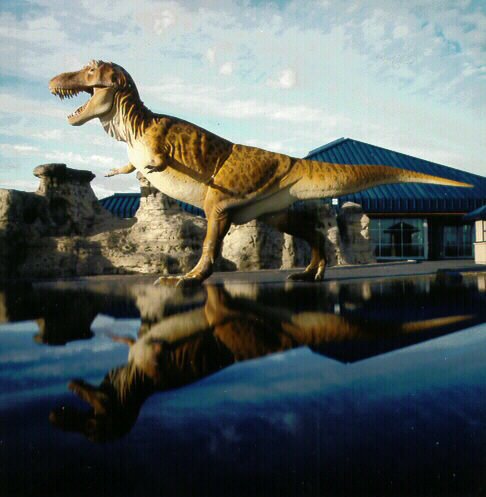|
Previous studies of dinosaur fossils have indicated that organic material may be found in the femur (long leg bone) of certain dinosaurs (primarily Tyrannosaurus rex). The studies were limited to superficial morphological examination and rudimentary immunological analysis of some of the proteins. The results were, at best, equivocal. Certainly, some heme proteins (the protein that makes up hemoglobin found in red blood cells) or their breakdown products were found in the bones. The current study1 examines a newly discovered T. rex skeleton for the presence of intact soft tissue within the creature's femur (long leg bone).
New morphological studyThe new study, published in the respected journal Science, revealed the presence of morphological objects that seem to be blood vessels (picture) with endothelial nuclei visible (picture), red blood cells, and osteocytes (bone cells, picture). Scientists removed the inner cortical bone from the femur and soaked it for 7 days in a solution of dilute acid to remove the surrounding bone. The resulting tissue (picture) was flexible and retained at least some cellular and subcellular structures. These structures were compared to those of modern ostriches, which were processed in a similar manner (except that the tissue needed to be chemically stained to visualize the tissue. Remarkably, nucleated red blood cells could be visualized within the blood vessels of the specimen. Both reptile and bird red blood cells possess nuclei in circulation, whereas mammalian red blood cells lose their nuclei prior to entering circulation.
|

